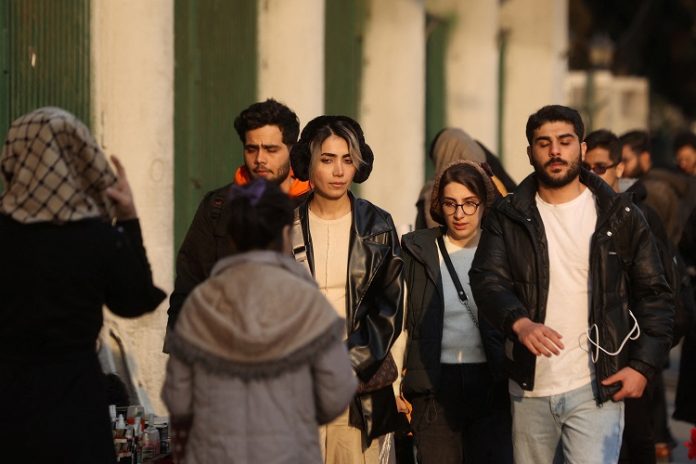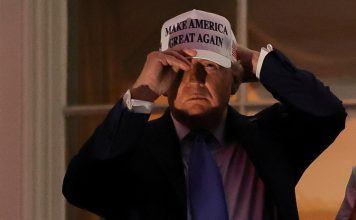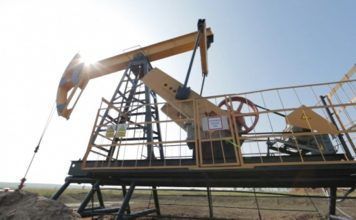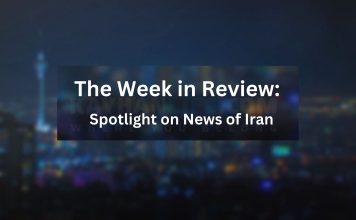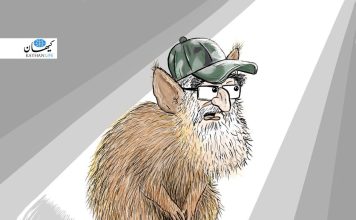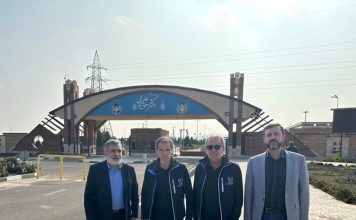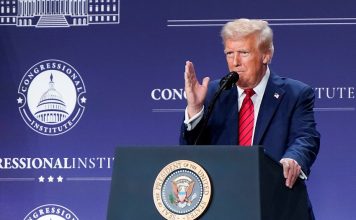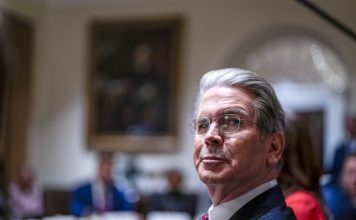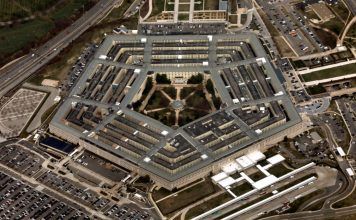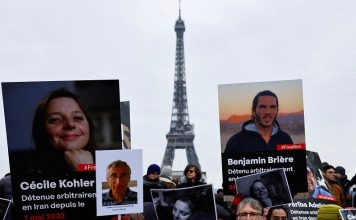By Parisa Hafezi
DUBAI, March 4 (Reuters) – Turnout in Iran‘s parliamentary election was around 41%, the country’s interior minister said on Monday, the lowest participation since Iran‘s 1979 Islamic revolution that swept the clerical rulers into power.
[aesop_image img=”https://kayhanlife.com/wp-content/uploads/2024/03/WhatsApp-Image-2024-02-29-at-14.13.09.jpeg” panorama=”off” credit=”KL./” align=”center” lightbox=”off” captionsrc=”custom” captionposition=”left” revealfx=”off” overlay_revealfx=”off”]
The writing is on the wall. The game is over for Ali Khamenei and his failed regime.
Iranians have once again rejected the Islamic Republic in its entirety by not participating in its election circus.
Make no mistake, no matter what show the regime puts on for Western media,… https://t.co/Rxcyuco4a4
— Reza Pahlavi (@PahlaviReza) March 1, 2024
Friday’s election was seen as a test of the clerical establishment’s legitimacy amid mounting economic struggles and a lack of electoral options for a mostly young population chafing at political and social restrictions.
“Some 25 million people out of over 61 million eligible Iranians voted in the March 1 election for the 290-seat legislature,” Interior Minister Ahmad Vahidi told a televised news conference.
In the 2020 parliamentary election, turnout was 42.5%. About 62% of voters participated in 2016.
Authorities said the turnout “indicated the people’s trust in the sacred system of the Islamic Republic”.
Vahidi said invalid votes made up 5% of the total vote count. Some Iranian media reported that number to be as high as 30%, suggesting signs of disillusionment even among core supporters of the Islamic Republic.
“Authorities should listen to the silent majority … and reform the governance method … I hope they realise before it’s too late to reverse the damage and harm this path will cause,” state media quoted reformist politician Azar Mansouri as saying.
In some constituencies, where candidates failed to get the required minimum 20% of the votes cast, a run-off will be held in April, Vahidi said.
In Tehran, which accounts for 30 seats in parliament, a second round will be held for 16 seats.
The election was the first since anti-government protests in 2022-23 that spiralled into one of Iran‘s worst political turmoil since the Islamic revolution and quelled by a violent crackdown involving mass detentions and even executions.
With heavyweight moderates and conservatives staying out and reformists calling the election not free and unfair, the contest was essentially among hardliners and low-key conservatives, all proclaiming loyalty to revolutionary ideals.
Iran‘s parliament, dominated by hardliners for more than two decades, has little impact on foreign policy or Tehran’s disputed nuclear programme. These issues are determined by the country’s top authority, Supreme Leader Ayatollah Ali Khamenei.
Activists and opposition groups, arguing that a high turnout would legitimise the Islamic Republic, had called for a boycott by widely distributing the hashtags #VOTENoVote and #ElectionCircus on the social media platform X.
Former president Mohammad Khatami, considered the spiritual leader of Iran‘s reformists, was among critics who did not vote on Friday.
Opposition critics say the ruling clerics are no longer capable of solving an economic crisis caused by a mix of mismanagement, corruption and U.S. sanctions reimposed since 2018 when Washington ditched Tehran’s nuclear pact with major powers.
The parliamentary election was twinned with a vote for the 88-seat Assembly of Experts, an influential body that has the task of choosing the 84-year-old Khamenei’s successor.
(Additional reporting by Elwely Elwelly; Writing by Parisa Hafezi; Editing by Ros Russell)

